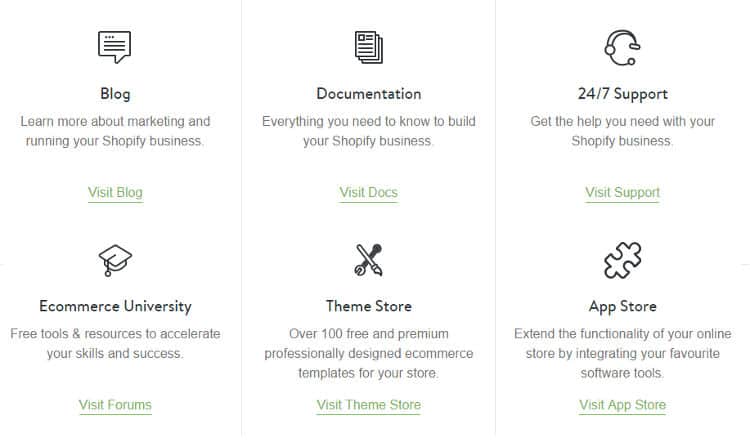By Ryan Diess from Digital Marketer
Congratulations! You have a new email lead.
Now what?
First, know that your new lead is as excited to hear from you at this moment as they will ever be… what will you do with that power?
Indoctrinate.
Take this opportunity to…
- Introduce yourself/your company
- Set expectations for what they will receive
- Restate the benefits of being a subscriber/lead
- Get them to make microcommitments
- Open a loop
If you craft this Indoctrination email properly you’ll be much more likely to convert this lead to a customer.
Let’s take each element of the welcome email in turn…
Introductions
Your welcome email (in most cases) should come from a real human being… not the company. The CEO (or other face of the company) is a good person to put in the FROM line on an Indoctrination email.
It’s as simple as stating…
“Hi, My name is Ryan Deiss and I’m the founder of Digital Marketer. I wanted to take a second to say hello and welcome you to the family.”
Set Expectations
Tell them exactly what to expect from you, when and how often.
Say something like…
“Here’s what you can expect from us…”
Then, simply list everything they will begin receiving from you via email (and otherwise) now that they are a subscriber.
This includes letting them know, in a subtle way, that you will be sending promotional email.
Restate Benefits
While you’re telling them what they should expect, restate the benefits of these communications.
Something like this will do the trick…
“I know this is going to be an absolute game changer for you because…”
Don’t expect your new subscriber to connect the dots. Hit them over the head with the benefits and take advantage of their attention to build excitement and anticipation for future communications.
Make micro-commitments
In future emails you’ll be asking your subscriber to do things such as read a blog post, download a white paper or buy a product.
An Indoctrination email is the time to start training your new subscribers to make small commitments.
The first microcommitment is to ask them to whitelist your email address. Create and link to a page on your website that gives clear Whitelisting instructions (see ours at digitalmarketer.com/whitelist-instructions/).
Let them know that they run the risk of not receiving your emails if they don’t whitelist you.
Second, ask them to connect with you elsewhere. This is where you can increase engagement with your new subscriber on social media. We’ll talk more about why “engagement” is so critical to today’s email marketer in a second. (Hint: We aren’t talking about fluffy, hippy marketer “engagement” metrics here)
Say something like…
“Take two seconds and join us on [FACEBOOK, TWITTER, YOU TUBE, LINKED IN].”
Opening Loops
Do you know why your favorite TV drama ends every episode with a cliffhanger?
Because it creates tension. And tension creates attention.
The human brain craves conclusions and a good email leaves your subscriber on the edge of their seat — anxiously looking for your next email.
It’s called “opening a loop” and your Indoctrination email should contain one.
Try something like…
“As an added bonus for subscribing, I’m going to be sending you my best [white paper/blog posts/case studies/tools, etc.] It’s about [DESIRED RESULT]. Be on the lookout for an email from me tomorrow.”
OR
“Do you know the #1 reason why [INSERT A RIDDLE/REASON WHY/ETC]. I bet it’s not the reason you think. I’ll give you the answer tomorrow but for now…”
Then, set up a second email that closes the loop… and, perhaps, opens another.
How to Stay Out of the SPAM Folder
I saved this for last but it may be the most important purpose of your Indoctrination email.
Engagement. And I mean engagement as judged by Internet Service Providers and email clients, particularly Gmail.
The primary metric used to determine whether your future emails will make it to the Inbox or the SPAM box is Engagement.
When subscribers take actions like…
- Open
- Click
- Favorite/Star
- Reply
… they are much more likely to keep getting your email.
Many of the elements of this Indoctrination email are intended to increase these engaging actions.
Opening loops increases open rates. Whitelisting increases deliverability. Clicks on social media links increases click-through rates.
The perfect welcome email not only creates new prospects that are indoctrinated to you and your business… it also ensures that future content and promotional emails get delivered.
















